In the intricate dance between humanity and the built environment, the architectural narratives of local communities stand as chronicles of history, culture, and identity. As we traverse through another year, it is opportune to reflect on the key narratives that have unraveled, exposing the architectural essence that defines and shapes the character of various locales. This essay embarks on a journey through the architectural landscapes of diverse communities, exploring the themes that have surfaced and celebrating the unique stories etched into the structures that surround us.
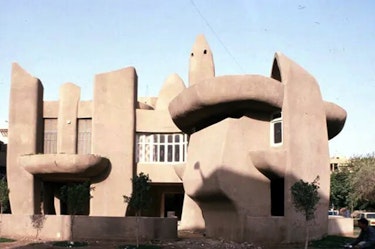
Credit: ArchDaily
Understanding Architectural Identity
At the core of our exploration lies the concept of 'Architectural Identity,' a term that encapsulates the distinctive features and characteristics of a community’s-built environment. The architectural identity of a locale is a dynamic interplay between the historical, cultural, and social forces that have shaped it over time. This year has seen a renewed focus on understanding and preserving these identities, leading to a surge of projects that delve deep into the roots of local communities.
Architects and urban planners, cognizant of the importance of architectural identity, have undertaken projects that pay homage to the unique history and heritage of their respective communities. Whether it be through the restoration of historic landmarks like "Heritage Haven" or the integration of traditional architectural elements into modern structures like "Modern Reflections," the endeavors of the architectural community this year have aimed at preserving and revitalizing the essence of local architectural identity.
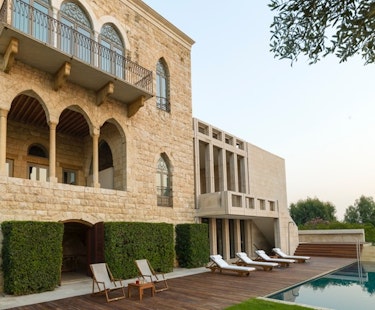
Credit: The Architect's Newspaper
The Power of Community Engagement
Embedded within the fabric of architectural narratives is the power of 'Community Engagement.' The success of architectural projects is increasingly being measured not just by their visual appeal but by the degree to which they involve and empower the local community. This year has witnessed a paradigm shift, with architects recognizing the importance of community participation in the design and planning processes.
In projects like "Citizen Square," architects have actively engaged with local residents through workshops, community forums, and participatory design sessions. This collaborative approach ensures that the architectural interventions align with the needs, aspirations, and cultural nuances of the community. The result is not just a physical structure but a shared space that fosters a sense of ownership and pride among the inhabitants.
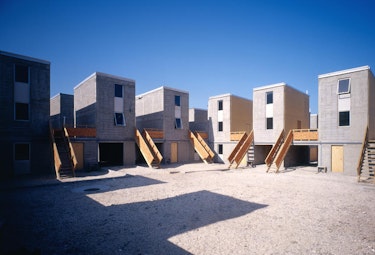
Credit: Ecosistema Urbano
Sustainable Architecture: A Call to Environmental Stewardship
The urgent need for environmental stewardship has propelled 'Sustainable Architecture' to the forefront of the architectural discourse. As communities grapple with the impacts of climate change, architects have embraced innovative design strategies that prioritize eco-friendly principles. Sustainable architecture goes beyond energy-efficient technologies; it encompasses a holistic approach that considers the environmental, social, and economic aspects of the built environment. In "EcoHarbor," sustainability is not just a buzzword but a guiding principle. Architects have integrated recycled materials, green spaces, and energy-efficient systems, creating a structure that not only meets the needs of the present but minimizes its ecological footprint for the future. The narrative of sustainable architecture speaks to the responsibility architects bear in shaping environments that contribute positively to the planet.
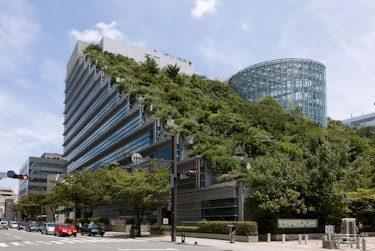
Credit: Parametric Architecture
Preserving Cultural Heritage
The narratives of the year echo a commitment to 'Cultural Preservation' that extends beyond architectural aesthetics. Preserving the cultural heritage of a community involves more than just conserving historical buildings; it requires a nuanced approach that integrates traditional practices, rituals, and stories into the design process.
In "Cultural Mosaic," architects seamlessly weave architectural innovation with time-honored traditions. The result is a space that not only reflects the contemporary needs of the community but becomes a living testament to its cultural legacy. This narrative emphasizes the importance of holistic cultural preservation, ensuring that the essence of a community's identity is sustained and celebrated.
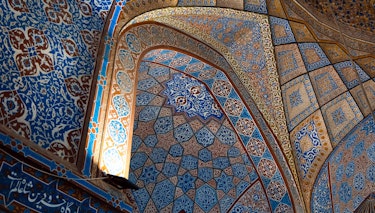
Credit: UNESKO
Adaptive Reuse: Breathing New Life into the Old
As urban landscapes evolve, 'Adaptive Reuse' has emerged as a sustainable and economically viable solution to urban revitalization. Architects are repurposing existing structures, giving new life to neglected spaces while preserving their historical value. This approach not only reduces the environmental impact of new construction but also contributes to the preservation of local character.
In the transformation of "Revive Center," architects have showcased the potential of adaptive reuse in rejuvenating urban areas. By creatively repurposing an abandoned structure, they have not only minimized waste but have also contributed to the social and economic revitalization of the community. Adaptive reuse becomes a narrative of resilience and resourcefulness, proving that the old can seamlessly blend with the new.

Credit: GARC Design
The Role of Architects as Storytellers
Architects, in their pursuit of uncovering the architectural essence of local communities, emerge not only as designers but as storytellers. They craft narratives through the spaces they create, each building telling a story of its own and collectively contributing to the larger narrative of a community. This storytelling aspect emphasizes the importance of architects as custodians of cultural memory and agents of positive change.
Architectural narratives become a powerful tool for fostering cultural understanding and appreciation. When architects embrace the unique stories embedded in the fabric of local communities, they transcend the role of mere designers and become catalysts for social cohesion. By incorporating these narratives into their designs, architects have the potential to bridge cultural divides and promote a sense of unity and shared identity among diverse communities.
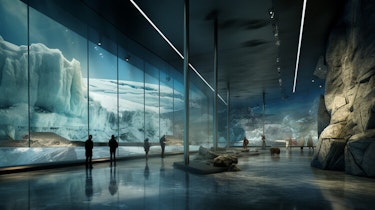
Credit: ArchDaily
The Future of Architectural Narratives
As we gaze towards the future, the narratives of the year provide valuable insights into the evolving role of architecture in shaping communities. The challenges faced and overcome, the stories told through sustainable practices, community engagement, cultural preservation, adaptive reuse, and the future of architecture, set the stage for a more conscientious and inclusive approach to architectural design. The global community of architects must also play a collaborative role in sharing successful narratives and best practices.
In the realm of community engagement, architects are likely to explore new methodologies that harness the power of digital platforms. Virtual reality, augmented reality, and online collaboration tools offer exciting opportunities to involve communities in the design process, irrespective of geographical boundaries. This democratization of the design process can lead to more inclusive and culturally diverse architectural narratives, ensuring that the voices of various communities are heard and respected.
As we peer into the future, the intersection of architecture with other disciplines becomes increasingly significant. Collaborations between architects, sociologists, anthropologists, and environmental scientists can generate comprehensive insights that inform holistic design solutions. This multidisciplinary approach acknowledges that architecture is not isolated but intricately connected to the socio-cultural, economic, and environmental dynamics of a community.

Credit: Rethinking The Future
In conclusion, the architectural narratives of the past year have unveiled a rich tapestry of stories that encapsulate the essence of local communities. From the celebration of architectural identity to the challenges and opportunities presented by community engagement, sustainable practices, cultural preservation, adaptive reuse, and the future of architecture, these narratives have provided a roadmap for a more conscientious and inclusive approach to architectural design.
As architects, planners, and communities collectively chart the course for the future, the narratives become guiding beacons, urging a commitment to responsible and inclusive design practices. The stories told through architecture are not static; they evolve, adapt, and respond to the ever-changing needs of society. The challenges faced today are the catalysts for innovative solutions, and the opportunities explored today pave the way for a more sustainable and resilient tomorrow.
